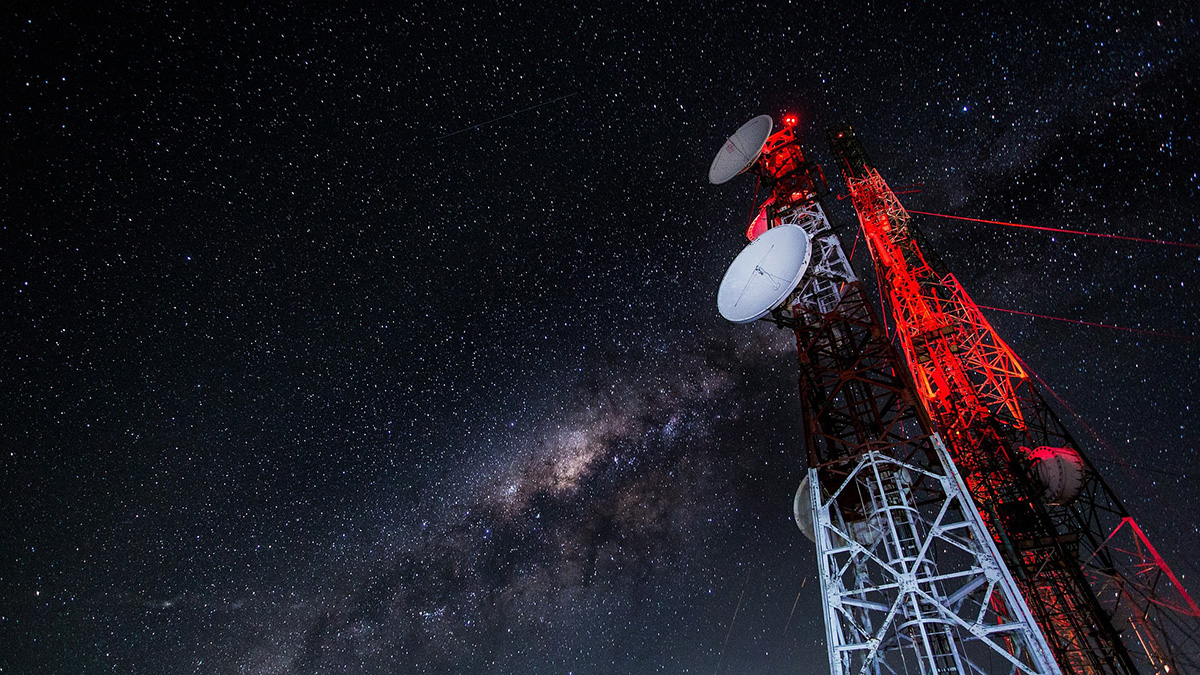Editors’ Vox is a blog from AGU’s Publications Department.
Radio Science was first published in 1966. Its main aim was to publish original research papers on radio frequency electromagnetic propagation and its applications. The first volumes from 1966 to 1968 were issued by the Environmental Science Services Administration (ESSA) in cooperation with the United States National Committee of the International Union of Radio Science (URSI). AGU took on publication of Radio Science in 1969, although it remained co-sponsored by URSI.
Expanded scope
The editorial board of Radio Science has recently expanded the journal’s scope in response to developments in the field of radio science. This can be divided into three main areas as follows.
Frequency bands of radio science – Wireless transmission for communication systems, radar, and remote sensing has evolved over the years. To address this evolution, the journal identifies the relevant frequency bands within its scope as the radio frequencies from extremely low frequencies to tremendously high frequencies (3 Hz to 3 THz) and at visible light frequencies (430 THz to 790 THz).
Media of transmission – Studies of the transmission medium are fundamental to the design of systems and our understanding of the environment and space. Therefore, the scope of the journal remains to address propagation through, interaction with, and remote sensing of structures, geophysical media, plasmas, and materials, and applications to remote sensing of the Earth and extra-terrestrial signals.
Methodology and applications – Propagation studies of electromagnetic waves are diverse. In addition to theoretical studies, they cover measurements, antennas, signals, modelling, prediction and forecasting techniques. Systems which address both terrestrial and air and space-based including the following but not limited to are within the scope of the journal: radio astronomy; remote sensing; radar including SuperDarn and incoherent radar; satellite communication; telecommunications across the electromagnetic spectrum; visible light communication; channel modeling, positioning, navigation, and timing; propagation in presence of artificial material and meta-surfaces; wireless power transfer; on-body networks; electromagnetic compatibility; Total Radiated Power (TRP) and Specific Absorption Rate (SAR); artificial Intelligence/machine learning; and quantum communication.
The editors welcome submission of research articles and commentaries in all of the fields described above. However, please note that Radio Science does not publish papers on the geophysics of space plasmas; such papers are better directed to the Journal of Geophysical Research: Space Physics.
Technical Reports – Measurements and experimental studies form an essential part of radio science studies. The journal’s editors thus welcome submission of papers in the category “Technical Reports” that present both new and significant research with sufficient description of the experimental apparatus, methods, and relevant experimental conditions providing complete experimental data.
Requirements for AGU journals
Data availability – AGU requires that the underlying data needed to understand, evaluate, and build upon the reported research be available at the time of peer review and publication. Additionally, authors should make available software that has a significant impact on the research. In radio science, measurement data are essential for modelling and system design. These data should be made available in a repository, cited, and described in an availability statement. While it is acknowledged that raw data can be exceptionally large in certain applications, processed data presenting results in the paper can be made available instead. Read the data and software guidance for authors submitting to AGU journals.
Publication fees – Papers accepted for publication in Radio Science can be published either as Open Access for a fee of $3600 or non-open access for a flat fee of $1000. Many institutions cover completely or offer discounts on Open Access author publishing charges (APC). Refer to this Six Step Guide for publishing Open Access with AGU for more information.
Fee waivers – Authors can request fee waivers. A request should be included in the cover letter with manuscript submission. Requests are considered by AGU and the editors.
—Sana Salous ([email protected]; ![]() 0000-0002-4227-9893), Editor in Chief, Radio Science
0000-0002-4227-9893), Editor in Chief, Radio Science

